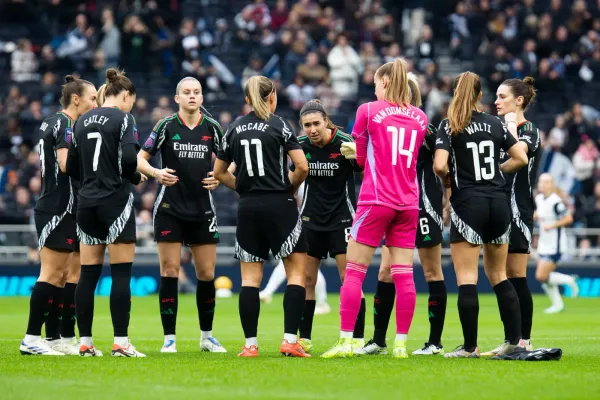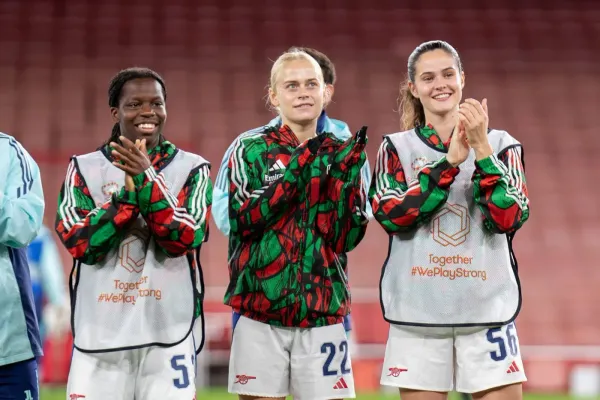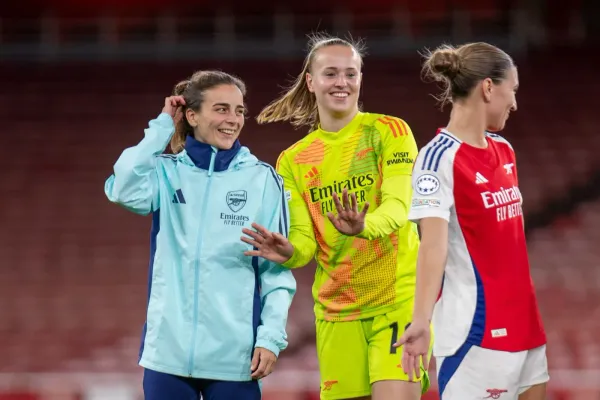You and whose army?
Women’s football fan culture is still establishing itself and Glastonbury is a good, if unwitting, comparator
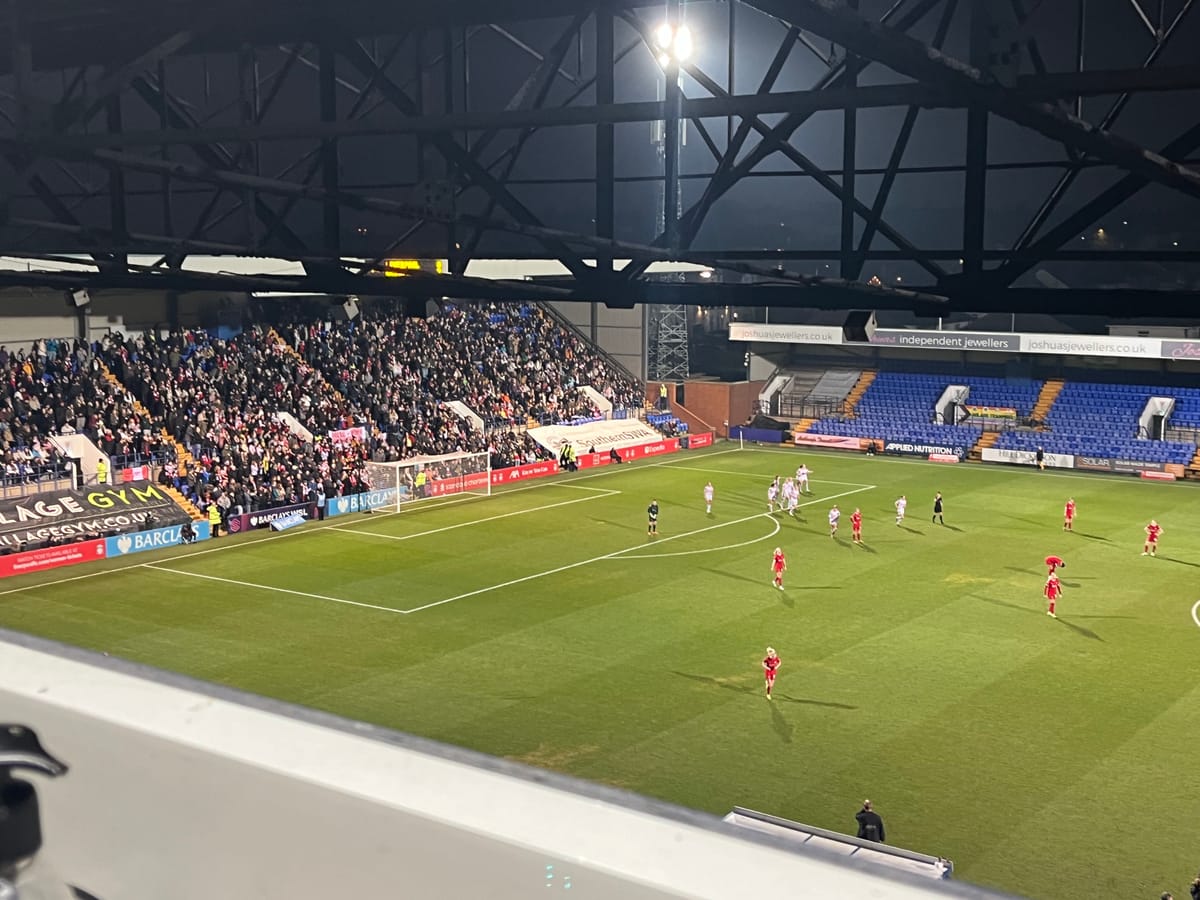
One of the most interesting phenomena to observe during the explosion of interest and in attendance at Arsenal Women games over the last 18 months has been the tensions that inevitably emerge between different segments of the ‘audience.’ Any ‘product’ that wants to be successful has to work out how to ‘diversify its brand’ so that as many different cross sections of people as possible buy into it. More people = more money.
But of course, different parts of your ‘audience’ expect and value different parts of the ‘experience.’ This has set off some tensions that I think we saw in men’s football around 30 years ago post Taylor Report. As top-flight stadia became all-seater and the marketing gloss of the Premier League and wrap around feelgood vibes of Euro 96 coalesced, the make up of stadium support began to change.
In the 1970s and 1980s, football stadia were dilapidated and crumbling, violence was commonplace and football matches were almost exclusively the preserve of White men. At the risk of overly generalising, the atmosphere and facilities became more family friendly in the wake of the Taylor Report and a wider catchment of people became interested in attending the games.
For the sake of brevity, I will be overly simplistic but this was good because it reduced the levels of violence, racism, sexism and homophobia in stadiums and bad because working class people were largely priced out and the atmosphere suffered (and there is a little overlap between those two points). While there are frayed edges and nuances at play here, elite men’s football largely managed to strike the balance of broadening its appeal to enough people which meant more people were willing to part with more money to watch it.
Elite women’s football is reaching a roughly similar crossroads, although, thankfully, not one precipitated by a clutch of tragic stadium disasters and widespread violence at grounds. Next season, NewCo will take over the administration of the Women’s Super League from the Football Association. The NewCo CEO Nikki Doucet conducted a round of media interviews and caught some pushback when she described women’s football matches as ‘a Glastonbury style experience.’
I presume Doucet meant to compare women’s football with the ‘live on the BBC iPlayer’ experience of Glastonbury as an inclusive, uproarious festival of good vibes rather than comparing the experience of watching Victoria Pelova turn past another opponent with watching Nightmares on Wax on the Leftfield stage after a tab of very questionable home-made acid.
Her comments drew censure from a section of women’s football who I would, again generally speaking, class as young adults. People who roll their eyes and clack their tongues in irritation when a club gleefully announces there will be face painting available at games. There is a large cross section of fans who find the packaging of women’s football as a fun family day out where nobody really cares about the result and eats a packed lunch as patronising.
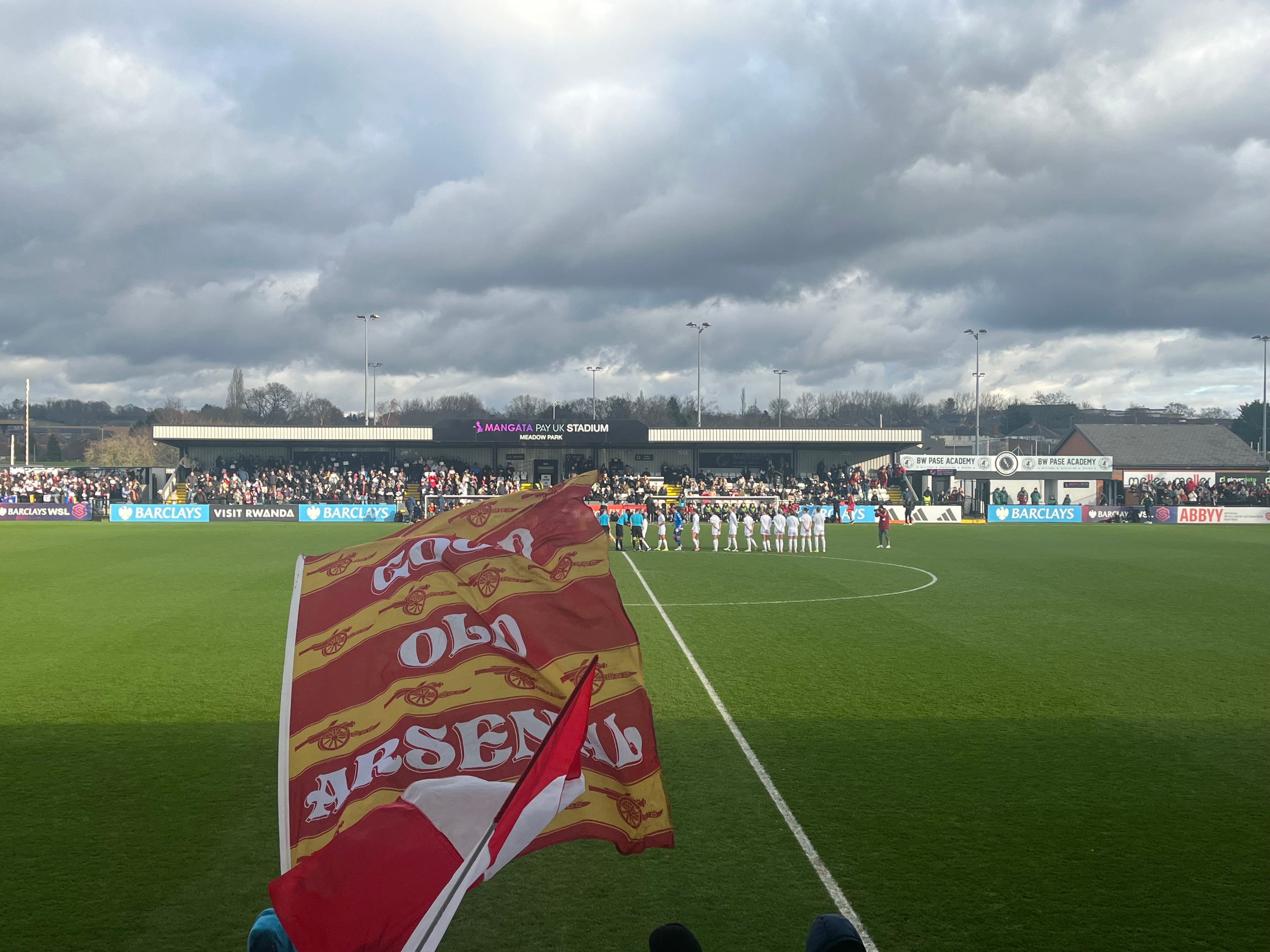
I think that is entirely understandable. At the same time, there is no denying that women’s football is, generally speaking, a more inclusive experience than men’s football. There are large swathes of people who either actively reject or else subconsciously drift away from the acidity present in men’s football crowds. The puce faced abuse, the still evident (if reduced compared to 30-40 years ago) traces of homophobia, racism and misogyny, the undercurrent of aggravation. Many of these things stop people from attending men’s football matches.
The trick for women’s football is to maintain its interest and attractiveness to families because that is a big and justified part of the target market. Young boys and girls and families deserve to have leisure pursuits too and are just as entitled to the game as anyone else. The comparative affordability of women’s football compared to elite men’s football is also a competitive advantage for the sport in this market.

At the same time, I have seen a few moral panics in recent months about the increase of swearing in the crowd at Arsenal Women’s games. The re-introduction of the age-old tradition of shouting, ‘you’re shit aaaaah!’ at the opposition goalkeeper as they take a goal kick has been a regular part of the Arsenal Women experience this season. The chant for Kyra Cooney-Cross, set to the tune of Chase the Sun, features the line, ‘when she’s on the ball she’s fucking magical.’
There is a new song doing the rounds for Alessia Russo which has a lyric that uncharitably describes Manchester United coach Marc Skinner as ‘a twat.’ To some people this threatens the family friendliness of the women’s football experience, especially with the prevalence of children in the crowd. Personally, I disagree with this premise. Firstly, the idea that children don’t hear and use these words in the playground on a daily basis is naïve at best.
Nearly all adults use curse words, it’s far-fetched to expect to protect your children from them forever, more it’s a case of teaching them when it’s appropriate to use them and when it isn’t. I think there is also a large grey area between playfully yelling ‘you’re shit aaaaah!’ at a goalkeeper or colourfully referring to Kyra Cooney-Cross’ ability on the ball and screaming bloody abuse at someone until the veins in your forehead look ready to leap out of your skin.

I think there are also some inherent biases about how we see women and women’s sports tied up in here, that we expect women to be our moral cleansers and so women’s football has a duty not to indulge such unsavoury pursuits as colourful language, bad tackles or calling an opposing manager a ‘twat.’ I think that’s an unrealistic and unfair expectation of a professional sport and neither the players nor the fans have a responsibility to play ‘mother’ and purge us of our moral dubiousness.
Women, women’s footballers and women’s football fans can, will and often do shout, swear and imbibe alcohol before a game. It’s a competitive sport and it matters and there is a strong social element underpinning it. I think there is a world of difference between that and being drunk and disorderly, violent or genuinely abusive.
As women’s football steps into a new phase it needs to retain and grow that tricky balance of being all things to all people. Away ends have taken off very recently to good effect and it may well be that, one day, we have family enclosures too, as we do at men’s football (albeit in women’s football they might take up a bigger portion of the ground).
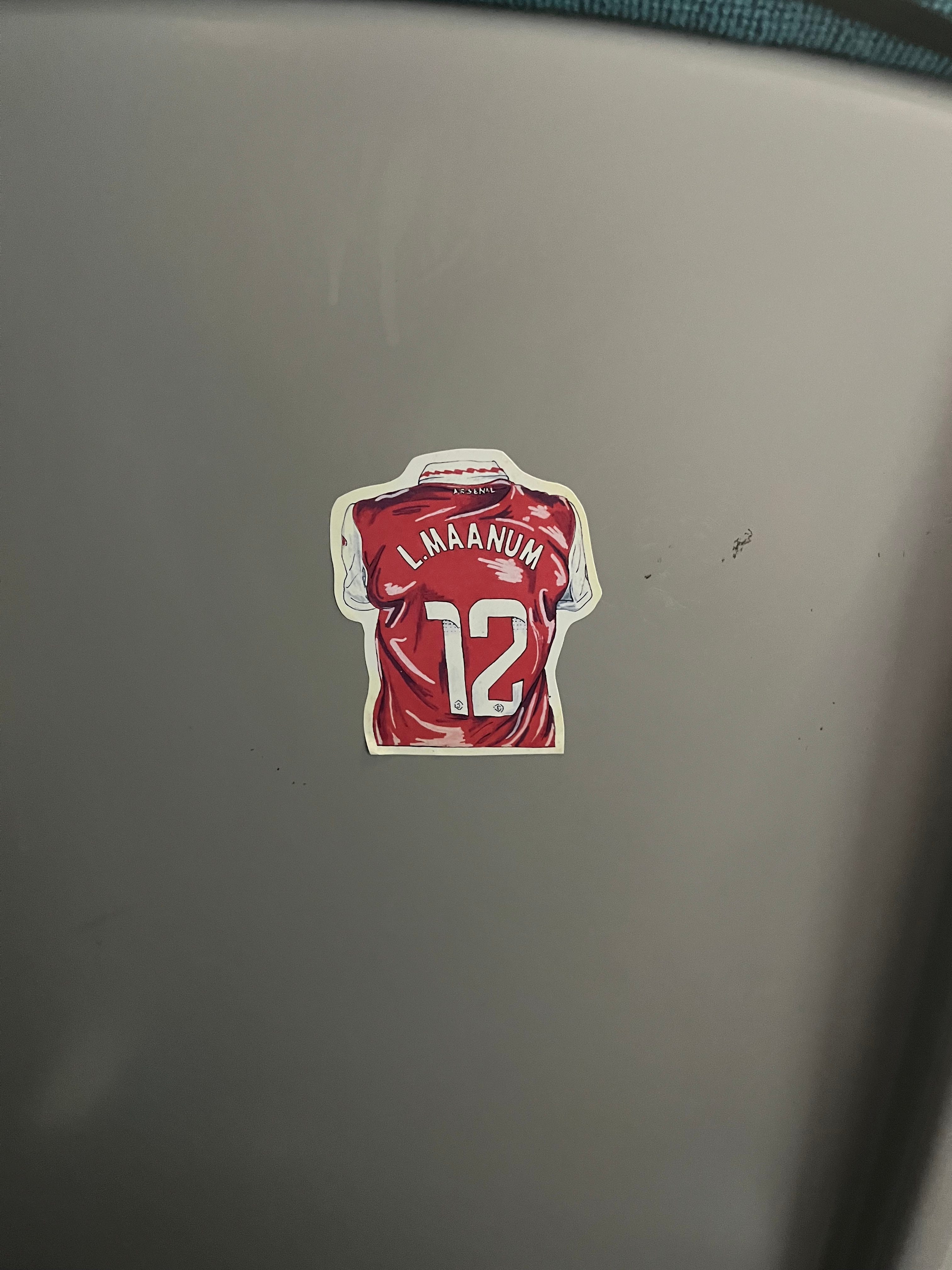
In the meantime, the tension between these competing ‘markets’ will likely continue. Some of you will have to tolerate that, yes, there is an eight-year-old girl or boy near you who adores Alessia Russo and will communicate that via home-made cardboard sign. And some people might have to tolerate that the same child could hear someone nearby refer to Russo’s former manager as ‘a twat.’
In that respect, Doucet probably wasn’t that far off the mark with her Glastonbury comparison, even if not in the manner she actually meant. Because Glastonbury has its very ‘watch at home with a glass of red on the iPlayer’ side, as well as its ‘let’s go and take a lot of drugs in a field and tell the establishment to go fuck itself’ side. Glastonbury’s ability to enchant both audiences has been a staple of its enduring success.

